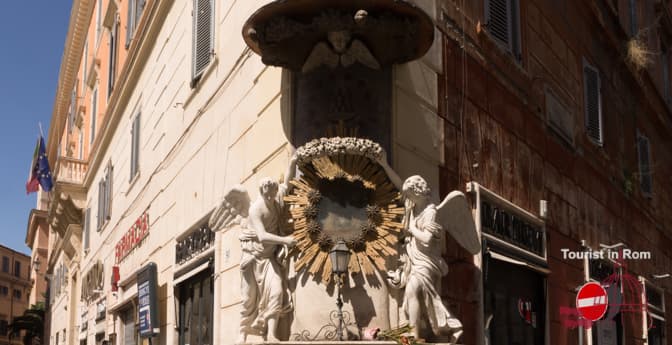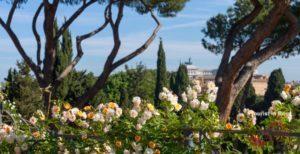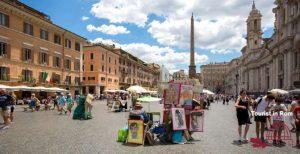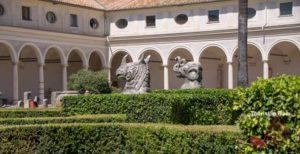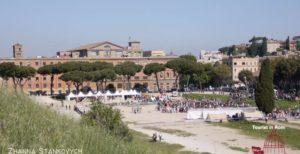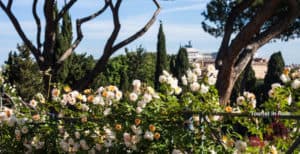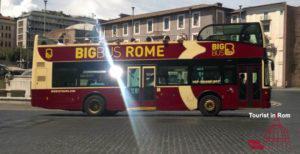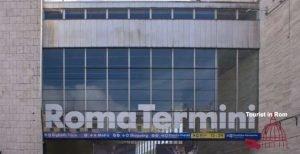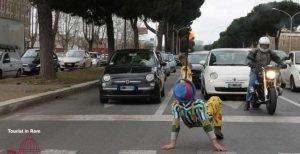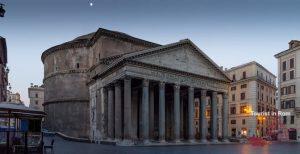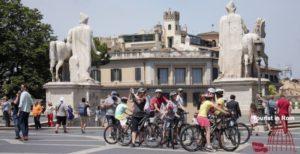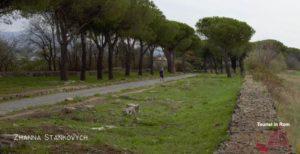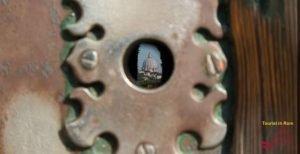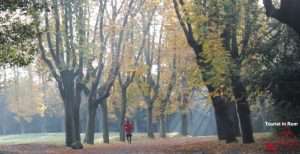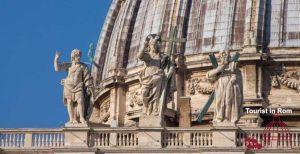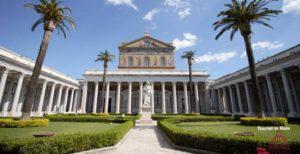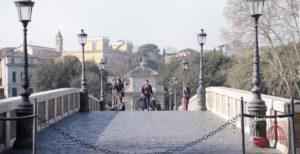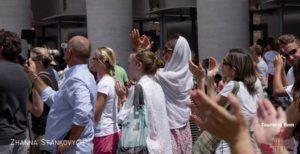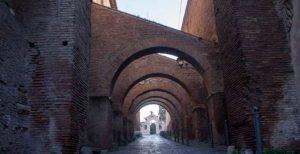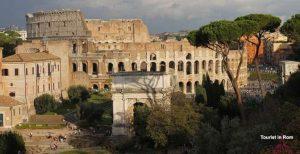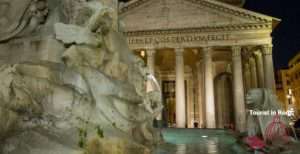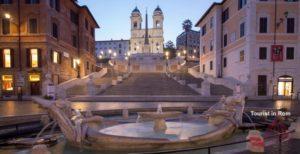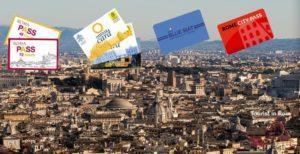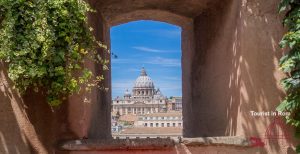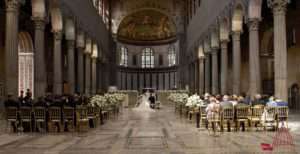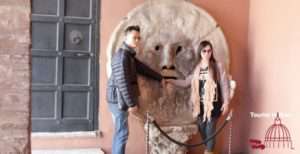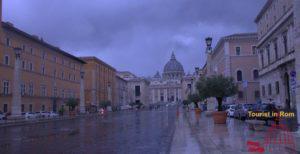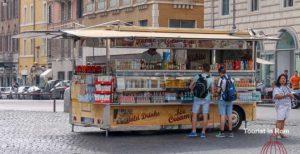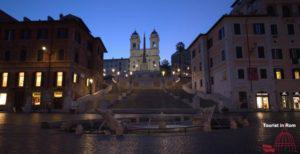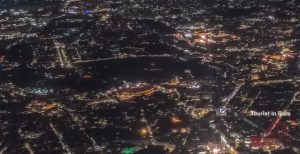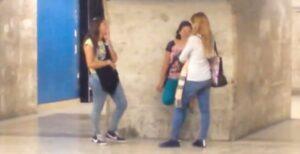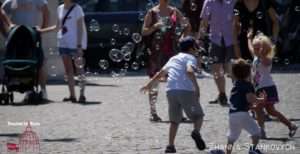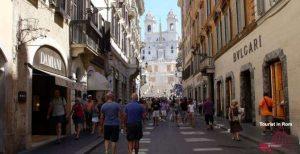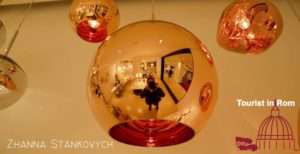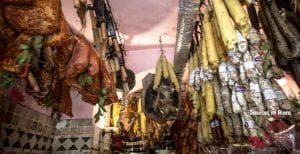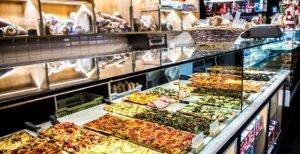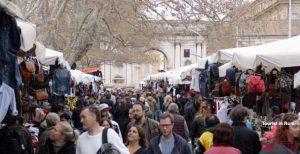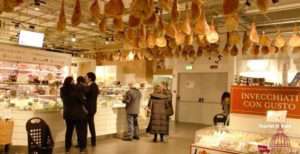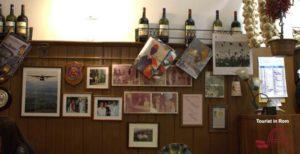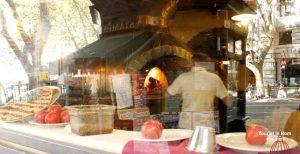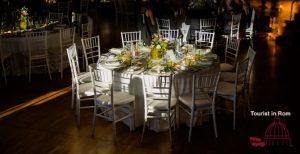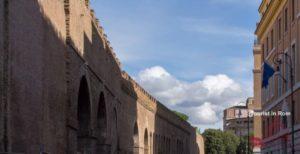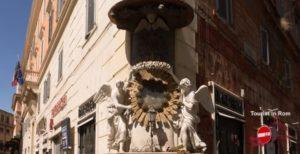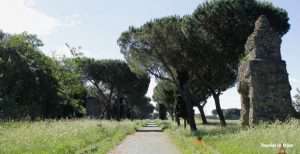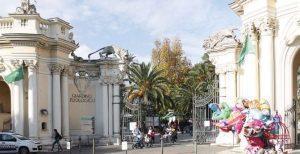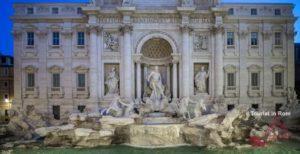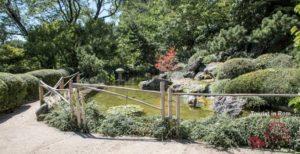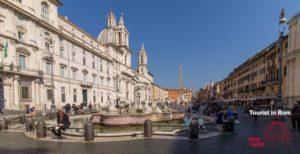You may have noticed the many images of the Virgin Mary that can be found on many corners in Rome. Here you can learn more about this tradition.
Rome, the center of Christianity, offers representations of the Madonna everywhere: inside and on the facades of churches but also along the streets in suggestive sacred shrines to which many stories are linked. Today we will talk about the Madonna dell’Archetto, one of the most revered representations in the eternal city.
Partner-Links helfen uns dabei, unsere Informationen kostenlos bereitzustellen. Für abgeschlossene Buchungen erhalten wir eine Provision – ohne Mehrkosten für Sie! Mehr
Partner links help us to provide our information free of charge. For completed bookings we receive a commission – at no extra cost to you! More
I link dei partner ci aiutano a fornire gratuitamente le nostre informazioni. Riceviamo una commissione per le prenotazioni completate, senza alcun costo aggiuntivo per voi! Di più
Origins of the sacred aedicules
Going around Rome we meet many sacred aedicules, which can also be described as shrines, of which most can be traced back to the period between the seventeenth and nineteenth century. But the origins of these shrines, which contain not only Madonnas but also sacred images of all kinds, must be sought far back in time.
Aedicules have a pluri-millennial history. In fact, they were already present in ancient Roman times and even in ancient civilizations such as the Egyptian one. However, they contained pagan images of ancestors and protectors such as the Lares, and were positioned inside the houses (to protect the resident family) and on the crossroads of the streets to protect and guide the traveler in a Rome without lighting in the evening and night.
With the advent of Christianity, the images of the pagan gods were replaced by sacred images belonging to the new ruling religion, and the Roman people began to call them “Madonnelle”.
The sacred aedicules: an example of popular devotion
The sacred aedicules that we can observe today are presented in various forms: paintings, sculptures, mosaics, ceramics. The subjects are almost always found inside small temples or canopies and have the appearance of a small altar, with shelves for lights and floral offerings and, sometimes, even a protective roof.
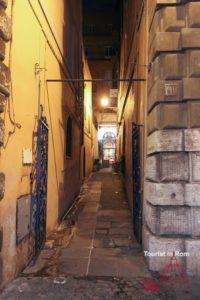
The sacred aedicules that we can observe today are presented in various forms: paintings, sculptures, mosaics, ceramics. The subjects are almost always found inside small temples or canopies and have the appearance of a small altar, with shelves for lights and floral offerings and, sometimes, even a protective roof.
They are frequently considered an example of minor art and their author’s name is rarely known. This is a wrong point of view since sacred shrines often have their own artistic dignity and an interesting story to tell. But above all they are a typical expression of popular devotion that clearly differs from works of art commissioned by the high clergy or by some aristocratic family. The authors were almost always artists linked to some confraternity or craftsmen belonging to guilds of trades, which, in the past, also dealt with the maintenance of the work.
In current times, the aedicules have been taken over by the Municipality of Rome which takes care of the maintenance of some of them only on special occasions. Unfortunately, most of them are being destroyed by sun exposure and bad weather.
The Madonna dell’Archetto: location and its description
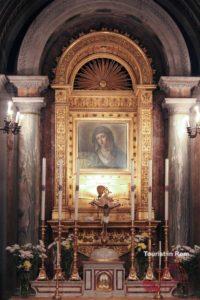
The original image of the Madonna dell’Archetto is located in Via di San Marcello n. 41 / b (near Piazza dei Santi Apostoli) beyond a gate that gives access to a narrow alley between two buildings and that leads into a chapel.
It is a painting which was finished by the end of the seventeenth century which portrays the bust of
“Maria Santissima Causa Nostrae Laetitiae” of which we exceptionally know the name of the author: the Bolognese painter Domenico Muratori.
As I wrote in the book “Madonnelle Vol. 2 – Rioni Trevi/Colonna” published by MMC Edizioni there the bust of a Madonna is represented who with “…her perfect and clear oval face enclosed in a dark blue mantle, continues to look at us with a soft smile for more than three centuries… “. Following the importance achieved over the years, the simple image was enriched with objects left hanging such as chains, crucifixes, crowns, and was enclosed “…in a gilded wooden tabernacle rich in decorations and precious stones…”.
Prodigies attributed to the Madonna dell’Archetto
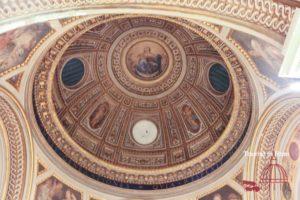
The image was initially on the road and had a normal appearance, like any other shrine. The alley, when it was still open, constituted a rapid passage that led from Via di San Marcello to the parallel Via dell’Archetto, and the painting was positioned just below the arch from which the popular name with which the image is best known derives .
But since its affixing to the street many wonders were reported, including inexplicable healings. The faithful began to stand in front of the painting and making numerous solemn promises. In 1751 the aedicula was embellished and decorated by the plasterer Ferrari and the sculptor Grassi and the alleyways were closed for safety reasons. A crowd of faithful gathered at all hours and the promises to be preserved piled up.
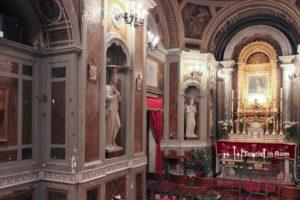
According to tradition, an even more extraordinary prodigy took place in 1796: “…the eyes of the Madonna began to open and close. It was the first image to show this prodigy in the city, and after her there was a proliferation of identical events on other Roman Madonnelle… “. There are many illustrious testimonies concerning the reality of this phenomenon and “…the Madonna dell’Archetto was one of the twenty-six images for which the ecclesiastical authority declared the authenticity of the movement of the eyes“.
From the veneration of a simple image to the construction of a rich chapel
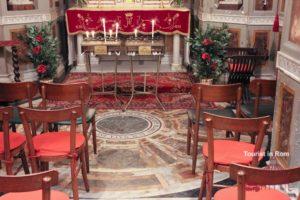
Following this extraordinary prodigy, interpreted by the Romans as a sign of doom for the imminent invasion of the French, even more crowds gathered and it was necessary to use the Guards of the Militia to avoid unrest. This notoriety triggered a tender of offers for the embellishment of the image both by aristocrats and by the people. In the mid-nineteenth century the architect Virginio Vespignani was ordered to build a chapel that would replace the shrine. The chapel is very small but rich in decoration, gold, marbles, sculptures and even a dome. This tiny Church “…has been declared a national monument and is an authentic jewel of neo-Renaissance art as well as the smallest Sanctuary of Mary in Rome…”.
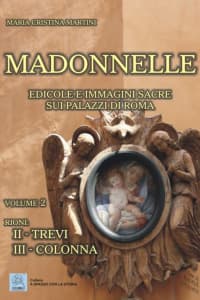
The chapel can be visited but its gates only open in the late afternoon, after 6 pm.
Text: Maria Cristina Martini
Photo: Andrea Pascucci
